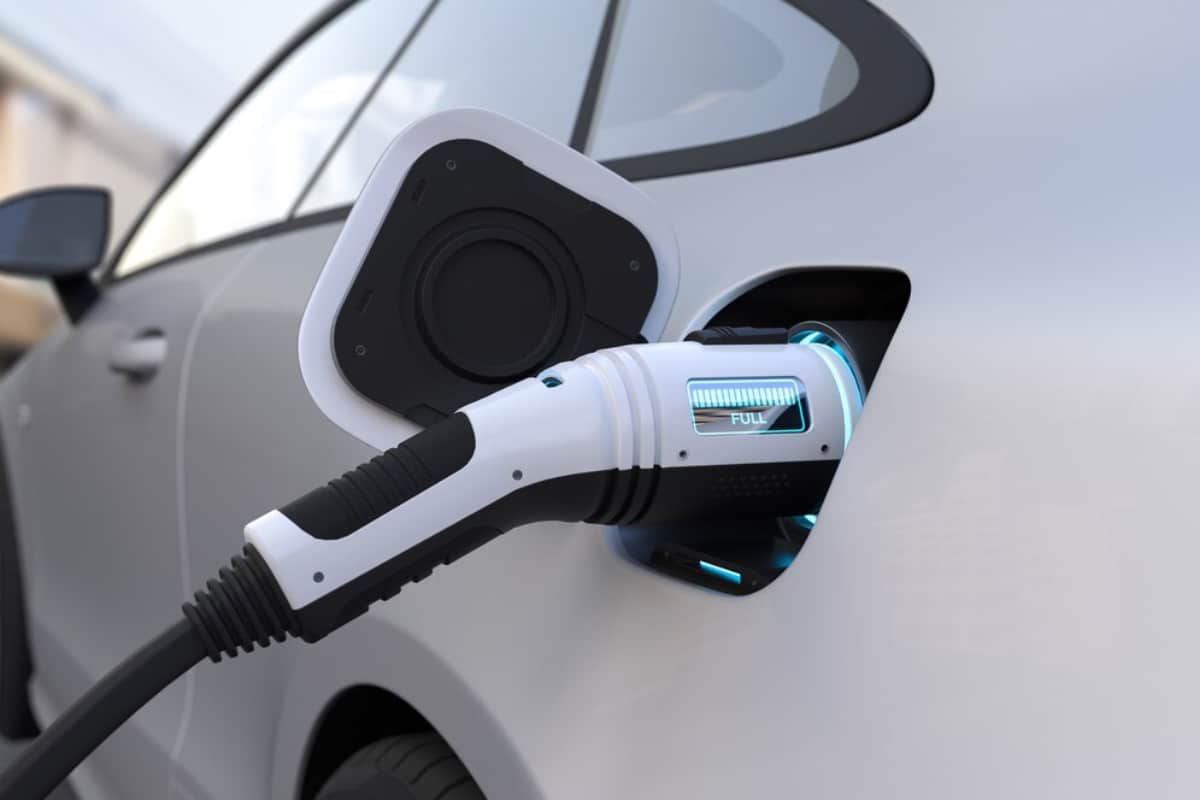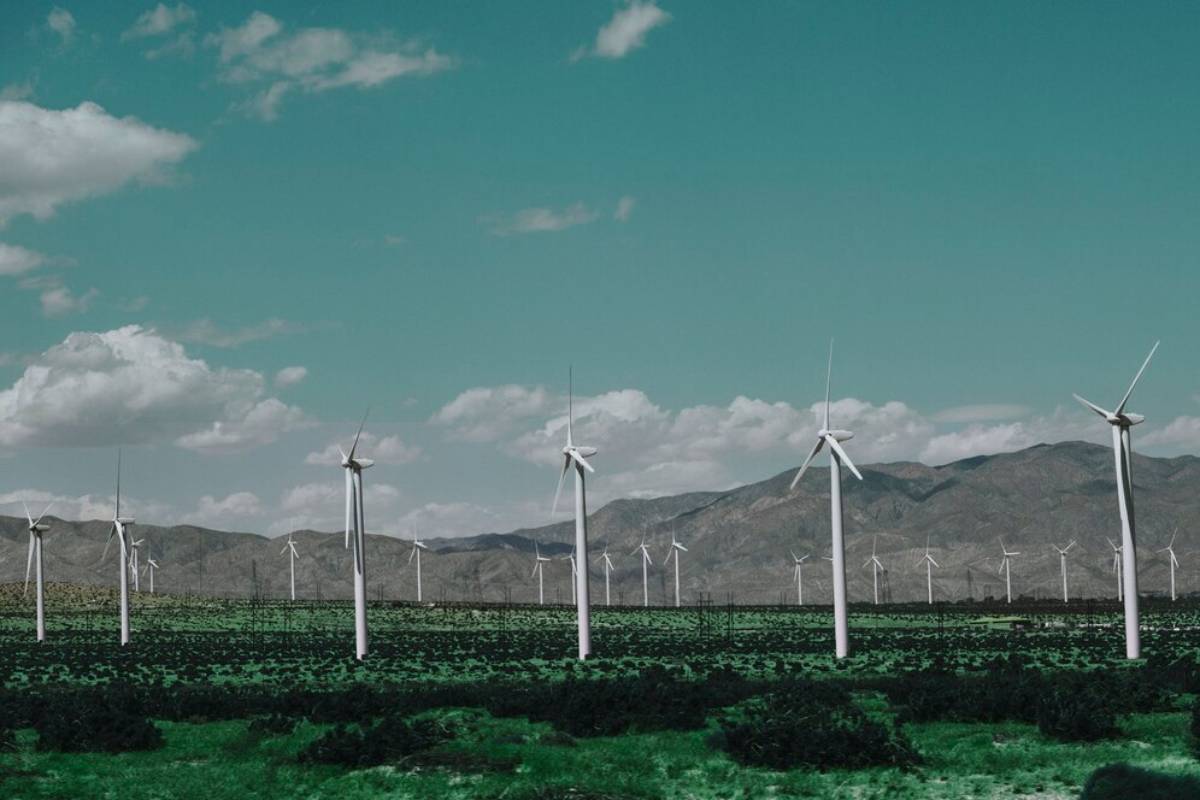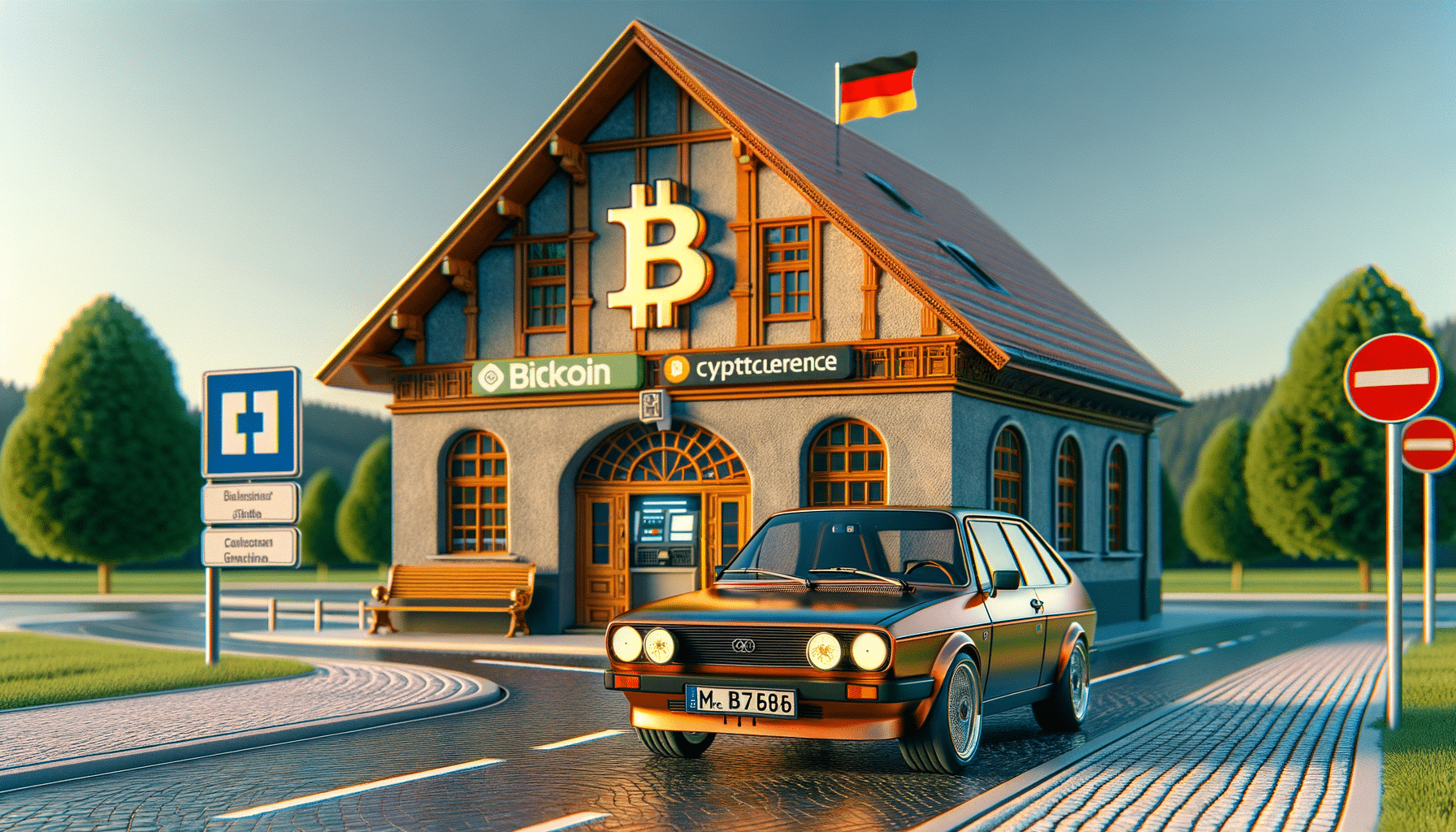
Vehicle-to-Grid Technology: Powering the Future of EVs
The Future is Now
The electric vehicle (EV) revolution is accelerating at breakneck speed. Governments and consumers now see the need for sustainable transport. So, the shift to electric mobility is a global priority. But there’s more to this movement than just swapping combustion engines for batteries. Vehicle-to-Grid (V2G) technology is a game-changing innovation in energy management.
V2G is more than a buzzword. It represents a revolutionary idea: that electric vehicles, when plugged into the grid, can not only draw energy but also return it. This turns each EV into a mobile energy storage unit capable of balancing supply and demand on the grid. V2G technology lets electric cars work smartly with the energy system. It helps with renewable energy use and provides emergency power supplies.
With the global EV fleet expanding rapidly, the potential for millions of vehicles to become grid assets is enormous. This blog explores how V2G works, its benefits, real-world applications, and the role it will play in the smart energy systems of the future. If you own an EV, work in energy policy, or just want to know more about future mobility, understanding V2G is important. It helps you see how we produce, use, and manage electricity.
What is Vehicle-to-Grid (V2G) Technology?
Vehicle-to-Grid technology is a system where electric vehicles (EVs) talk to the power grid. They can send electricity back when needed. This bidirectional energy flow allows EVs not only to charge their batteries but also to discharge energy back into the grid.
This interaction uses smart charging systems and communication methods. They allow for flexible energy exchanges. V2G-capable EVs have advanced inverters and software. They control charging and discharging based on what the grid needs.
There are different types of V2G services, including:
- Peak shaving: Reducing energy consumption during peak demand periods.
- Frequency regulation: Maintaining a stable electricity frequency on the grid.
- Renewable integration: Supporting the grid when solar or wind power fluctuates.
While still in its early stages of deployment, V2G is gaining traction as a vital part of smart grid innovation. It fits well with the global shift toward cleaner power systems and local energy management.
How V2G Works: The Technology Behind It
At the heart of V2G lies a simple yet powerful idea: use EVs as decentralised energy resources. But how does the tech actually work?
- Bidirectional Chargers: Traditional chargers only draw electricity from the grid. V2G systems use bidirectional chargers. These devices can both draw power and send it back.
- Smart Grid Communication: V2G technology enables smart communication among the EV, the grid operator, and energy management systems. This ensures that discharging only occurs when it’s beneficial for both the grid and the EV owner.
- Energy Aggregators: Aggregators pool the energy capacity of multiple EVs to create a virtual power plant. This combined capacity can then be sold to the grid or used for grid services.
- Software Platforms: Cloud-based platforms check grid conditions in real-time, predict demand, and improve energy flows. These systems decide when EVs should charge or discharge, based on energy prices and grid stability.
- Battery Management: Smart algorithms stop battery wear by controlling discharge cycles. They also keep temperature and voltage within the best ranges.
V2G combines hardware, software, and communication networks. This mix makes it a key part of future energy systems. It’s a practical example of the Internet of Things (IoT) in action, linking mobility with energy infrastructure.
Benefits of V2G Technology
V2G technology offers a host of benefits that touch every corner of the energy and transportation sectors:
1. Grid Stability and Flexibility
V2G can help balance electricity supply and demand in real-time. During peak hours, EVs can feed electricity into the grid, reducing the need for fossil-fuel-based peaker plants.
2. Boosting Renewable Energy Adoption

Renewable sources like wind and solar are intermittent. V2G stores extra energy and releases it when production falls. This helps make renewable power more dependable.
3. Economic Incentives for EV Owners
EV owners can earn money by selling electricity back to the grid. Some pilot programmes have shown that drivers can offset their charging costs or even make a modest profit.
4. Lower Infrastructure Costs
Using existing EV batteries for backup power helps utilities save on stationary energy storage and cut grid upgrade costs.
5. Emergency Backup Power
In areas prone to blackouts, EVs can provide backup power to homes or businesses. This is especially valuable during natural disasters or energy shortages.
6. Reduced Carbon Footprint
V2G helps by using clean energy. It cuts down on polluting energy sources. This way, it supports decarbonising both the energy and transport sectors.
Together, these benefits paint a compelling picture. V2G is not just an energy innovation. It’s an environmental and economic game-changer.
Real-World Applications and Case Studies
Several real-world projects have tested and validated the potential of V2G. Here are some notable examples:
1. Nissan and Enel in the UK
One of the earliest and most visible V2G collaborations took place in the UK with Nissan and energy company Enel. The project used fleets of Nissan LEAFs with bidirectional chargers. These chargers helped provide grid services like frequency regulation.
The pilot showed that V2G can be profitable. Participants earned hundreds of pounds each year, which helped keep the grid stable.
2. eSchoolbus Projects in the US
Several school districts in the United States have adopted V2G-enabled electric buses. When not in use, these large vehicles feed power back to the grid, particularly during summer when schools are closed.
These programmes also serve as educational tools, teaching students about sustainable energy.
3. V2G Denmark Project
Denmark has been a pioneer in smart grid innovation. A V2G pilot there integrated EVs with wind farms to stabilise grid output. The results showed improved frequency regulation and economic feasibility for fleet operators.
4. Tokyo’s Emergency Preparedness
In Japan, the Tokyo Metropolitan Government is promoting V2G for emergency energy supply. EVs act as mobile generators in earthquakes and other disasters. They give vital power to hospitals and shelters.
These use cases reveal the versatility of V2G technology and its potential to transform how we view both vehicles and energy assets.
Challenges and Limitations
Despite its potential, V2G still faces several hurdles:
1. Battery Degradation
One major concern is that frequent discharging could degrade battery health. However, recent studies suggest that managed V2G usage has minimal impact if done within safe parameters.
2. Lack of Standardisation
Different automakers and grid operators use various technologies and communication protocols. A universal standard for V2G is essential for widespread adoption.
3. High Infrastructure Costs

Bidirectional chargers are significantly more expensive than standard chargers. Widespread adoption will require government incentives and public-private partnerships.
4. Regulatory Barriers
Many countries lack regulatory frameworks that allow energy sales from vehicles. Policy reforms are needed to make V2G legally and economically viable.
5. Limited Vehicle Compatibility
As of now, only a few EV models support bidirectional charging. Automakers will need to incorporate V2G features into a broader range of vehicles.
Future Outlook: What Lies Ahead for V2G?
V2G has a bright future. More governments, automakers, and utilities are showing interest. Here’s what to expect in the coming years:
1. Policy Support and Incentives
To support green energy goals, many governments are offering subsidies and incentives. This will help promote V2G infrastructure.
2. Automaker Commitment
Manufacturers like Nissan, Hyundai, and Ford are leading the charge by building V2G-ready models. As technology matures, more brands will follow suit.
3. Smart Cities Integration
In the context of smart cities, V2G will be pivotal. Urban energy systems will depend more on EVs. They help with grid balancing, traffic management, and emergency response.
4. AI and Big Data
AI-powered platforms will be crucial for improving V2G operations. They will help predict demand and reduce battery wear.
5. Scalability through Fleets
Commercial fleets, like delivery vans, taxis, and public buses, provide the scale and predictability that make V2G work well on a large scale.
As more people adopt EVs, integrating them into our energy system will be essential, not just beneficial.
Conclusion: Driving the Energy Future Forward

Vehicle-to-Grid technology sits at the intersection of transport and energy innovation. It’s a game-changing solution that leverages the expanding EV market to solve some of our most pressing energy challenges.
V2G lets electric cars act as mobile energy assets. This helps stabilise the grid, increases renewable energy use, and provides financial benefits to owners. Real-world uses around the world show its power. For example, school buses in the US and emergency-ready EVs in Japan highlight this change.
That said, challenges remain. Battery health, regulatory hurdles, and high initial costs need to be addressed for V2G to reach its full potential. The signs look good. Governments are launching helpful policies. Automakers are adopting the tech. Plus, consumers are more aware of energy use.
In the next decade, V2G will probably be a standard part of electric mobility. This will help create energy systems that are more resilient, efficient, and green.
If you’re considering an EV, think beyond just driving. You could be powering your home, supporting your community, and shaping the future of energy.
Curious about how your EV can do more than just drive? Stay informed with our latest updates on smart energy solutions, EV innovations, and sustainable living. Subscribe to our newsletter and be part of the clean energy movement today!


